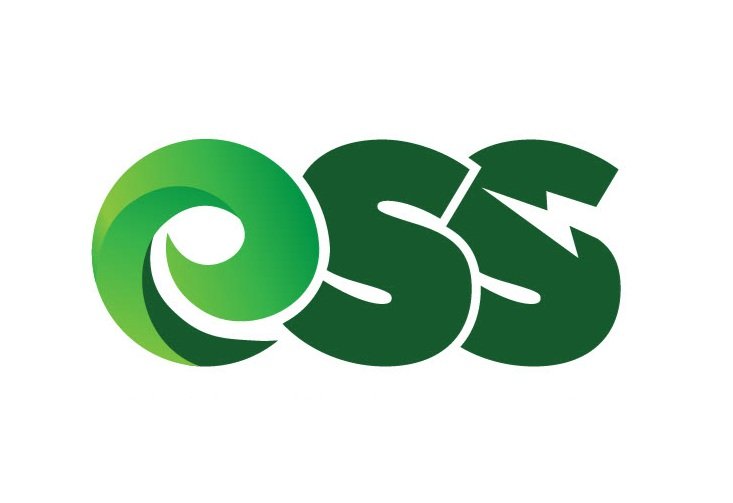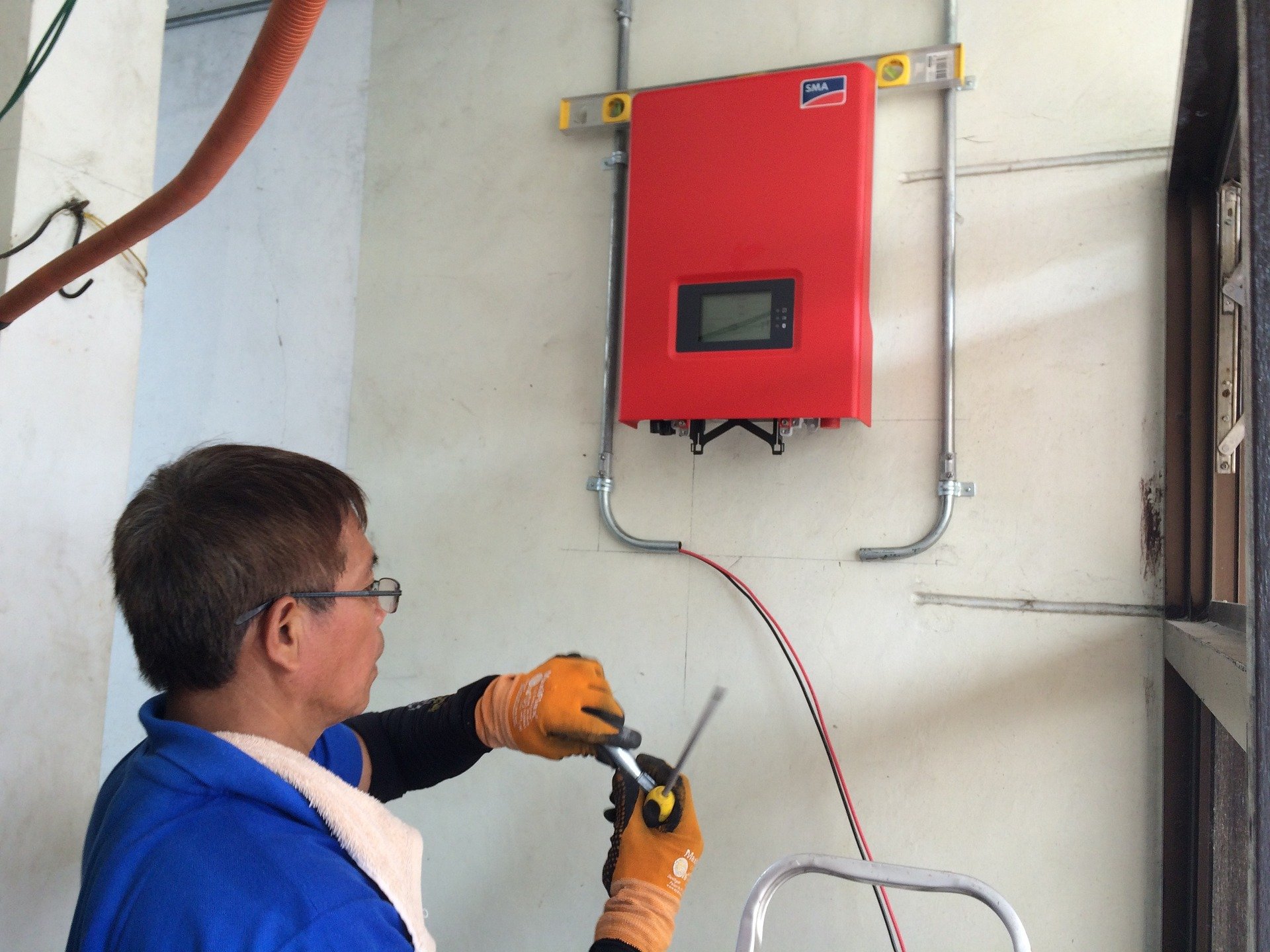How Does Community Solar Work?
Introduction
Community solar, also known as shared solar or solar gardens, is an innovative approach that allows residential homeowners and commercial businesses to access the benefits of solar energy without installing panels on their own properties. This blog post explores what community solar is, how it works, its benefits, potential drawbacks, and a comparison with rooftop solar, empowering you to make informed decisions about embracing this eco-friendly solution.
What is Community Solar?
Community solar involves solar energy projects that enable multiple individuals and businesses to share the benefits of a single solar array. These solar arrays are strategically located in sunny areas to maximize electricity generation. Participants in community solar programs can subscribe to a portion of the solar array's output, receiving credits on their electricity bills for the energy produced.
How Does Community Solar Work?
Solar Array Installation: Solar developers identify suitable locations for solar arrays, often in sunny and spacious areas. The solar panels are installed, creating shared solar farms.
Subscription and Enrollment: Residential homeowners and businesses nearby can subscribe to the community solar program, choosing a portion of the solar array's capacity that suits their energy needs.
Electricity Generation and Distribution: The solar array converts sunlight into usable energy, which is then fed into the local power grid, contributing to the energy supply.
Bill Credits and Savings: Participants receive virtual net metering credits on their electricity bills, offsetting a portion of their conventional electricity costs.
Environmental Benefits: Community solar enables clean energy use, reducing carbon footprints and promoting sustainability.
Flexibility and Portability: Unlike traditional solar installations, community solar participants aren't tied to specific properties, providing flexibility when moving or changing residences.
Advantages of Community Solar
No Upfront Costs: Participants avoid investing in solar panels, making community solar a cost-effective option.
Inclusive Access: Community solar allows renters and homeowners with unsuitable roofs to benefit from solar energy, promoting energy equity.
Supports Local Economy: Community solar projects create jobs and stimulate the local economy during installation and maintenance.
Minimal Maintenance: Subscribers don't need to worry about maintaining the solar array; it is managed by the solar developer.
Disadvantages of Community Solar
Location Limitations: Participation may depend on living or operating near the solar array.
Less Control: Participants have limited control over the solar array's operation and maintenance.
Limited Savings: Community solar savings may not match those from owning a rooftop solar system.
Community Solar vs. Rooftop Solar
Community solar presents an accessible and cost-effective alternative to traditional rooftop solar systems, making clean energy available to a broader audience. Unlike rooftop solar, which requires individual ownership and installation on a personal property, community solar allows multiple participants to benefit from a single, shared solar array. This inclusivity means that even renters or those with shaded roofs can participate in the clean energy movement. While rooftop solar offers the potential for higher long-term savings and greater control over the solar setup, community solar provides a hassle-free solution with lower upfront costs and no maintenance responsibilities, making it an attractive option for many.
Frequently Asked Questions (FAQ)
-
While community solar is becoming more widespread, its availability depends on local regulations and the presence of community solar projects in your area.
-
Community solar offers potential cost savings on electricity bills through virtual net metering credits. However, the actual savings depend on your energy consumption and the specific community solar program.
-
Yes, one of the benefits of community solar is its inclusivity, allowing renters and homeowners without suitable roofs to participate and benefit from clean energy.
-
No, in community solar, the solar panels are owned and maintained by the solar developer. Participants subscribe to a portion of the solar array's output rather than owning the panels themselves.
-
Community solar offers flexibility and portability. If you move within the same utility service area, you can typically transfer your community solar subscription to your new address.
-
Community solar can be a good investment, especially for those unable to install rooftop solar panels. It allows for supporting renewable energy and reducing electricity costs without significant upfront expenses. The investment potential depends on the specific community solar program and individual energy usage.
-
Developers generate revenue from community solar projects through subscription fees, tax incentives, electricity sales, and long-term agreements with subscribers or utility companies.
Conclusion
Community solar represents an attractive and sustainable path toward cleaner energy. By sharing the benefits of solar arrays, participants can reduce their reliance on fossil fuels, support sustainability, and save on electricity bills. Whether you choose community solar or rooftop solar, taking steps toward clean energy is a commendable choice for a brighter and greener future. If you have any questions or want to explore community solar options further, our company is here to assist you on your solar journey.
In this comprehensive guide to community solar, we have explored the mechanics, benefits, and potential drawbacks of this eco-friendly solution. Community solar offers accessible and cost-effective access to clean energy for individuals and businesses alike, making it a compelling option for a greener future. With its positive impact on local economies and inclusive access to renewable energy, community solar is undoubtedly a step towards a more sustainable world. Whether you choose community solar or rooftop solar, embracing clean energy is a commendable decision that contributes to a brighter and greener future for all. If you have any questions or want to explore community solar options further, ESS Solar is here to guide you on your solar journey. Let's work together to harness the power of the sun and build a cleaner and more sustainable future for generations to come.







